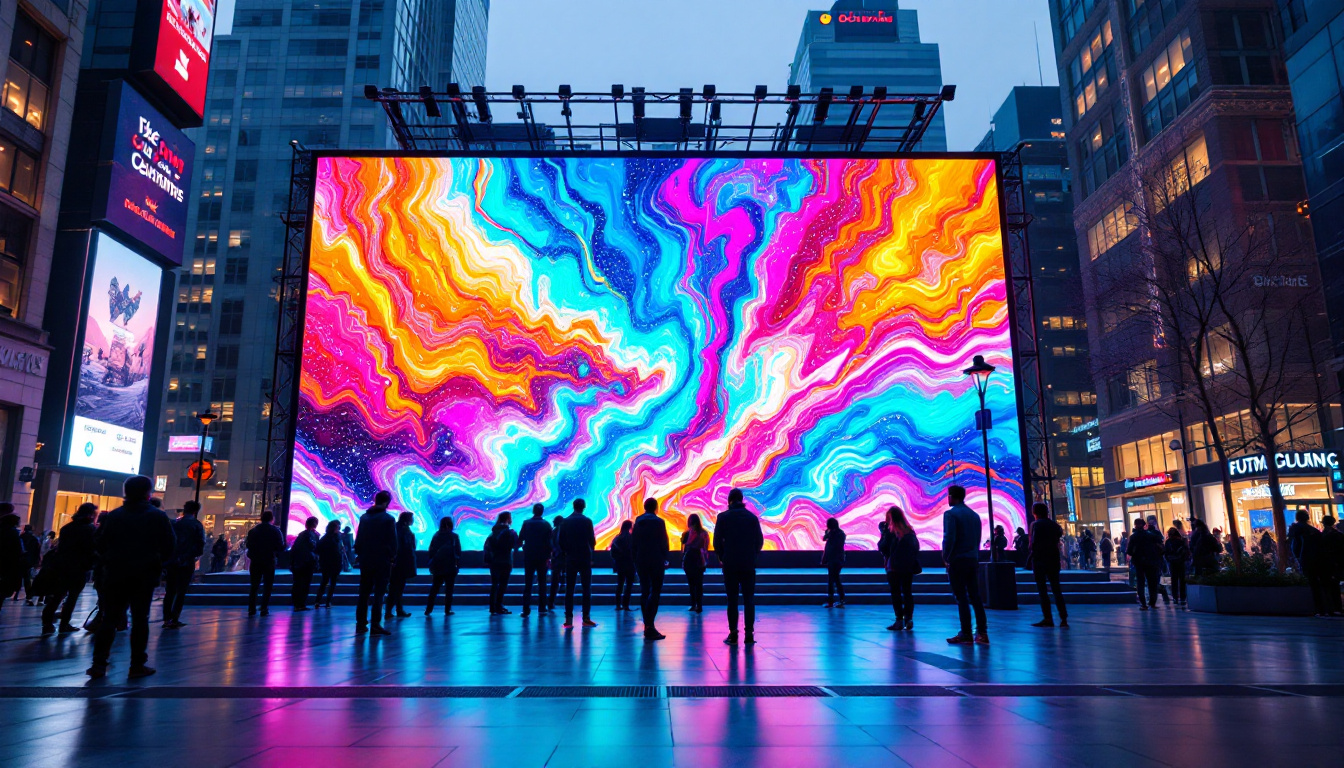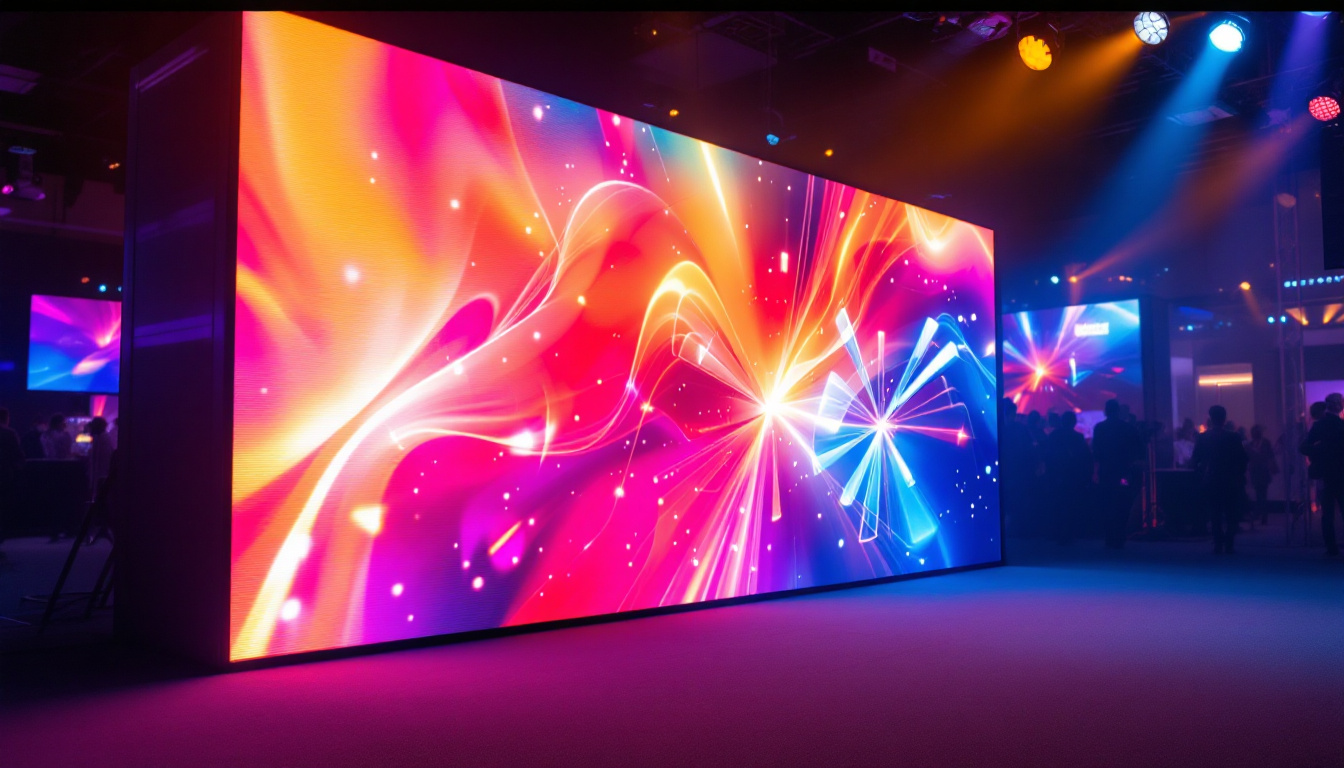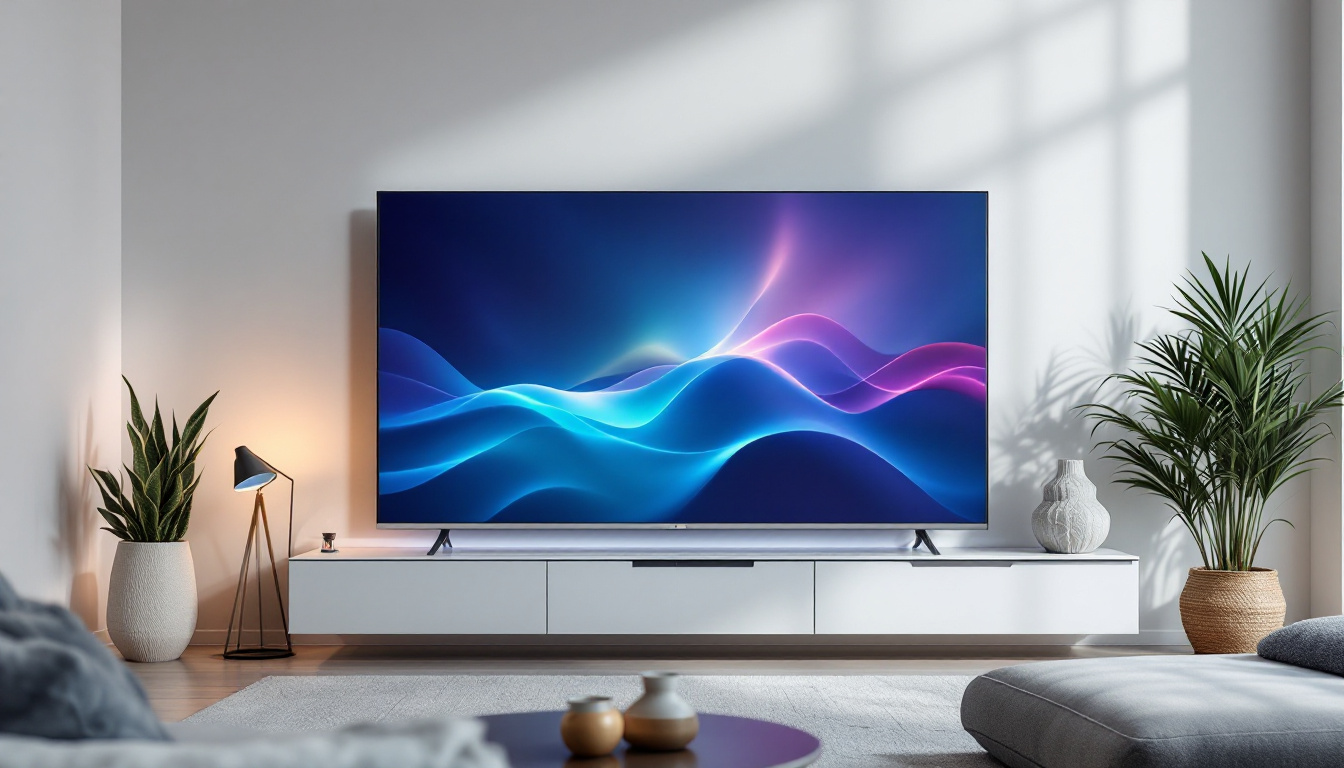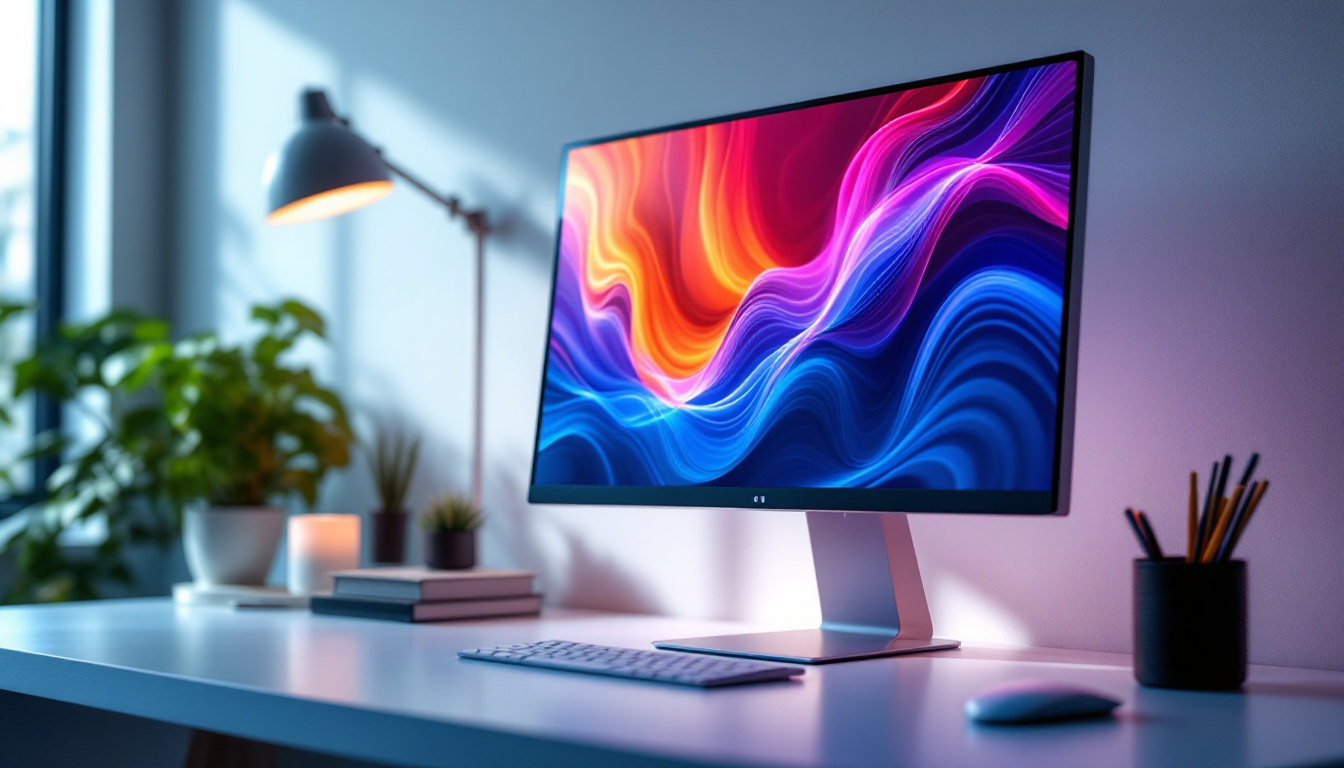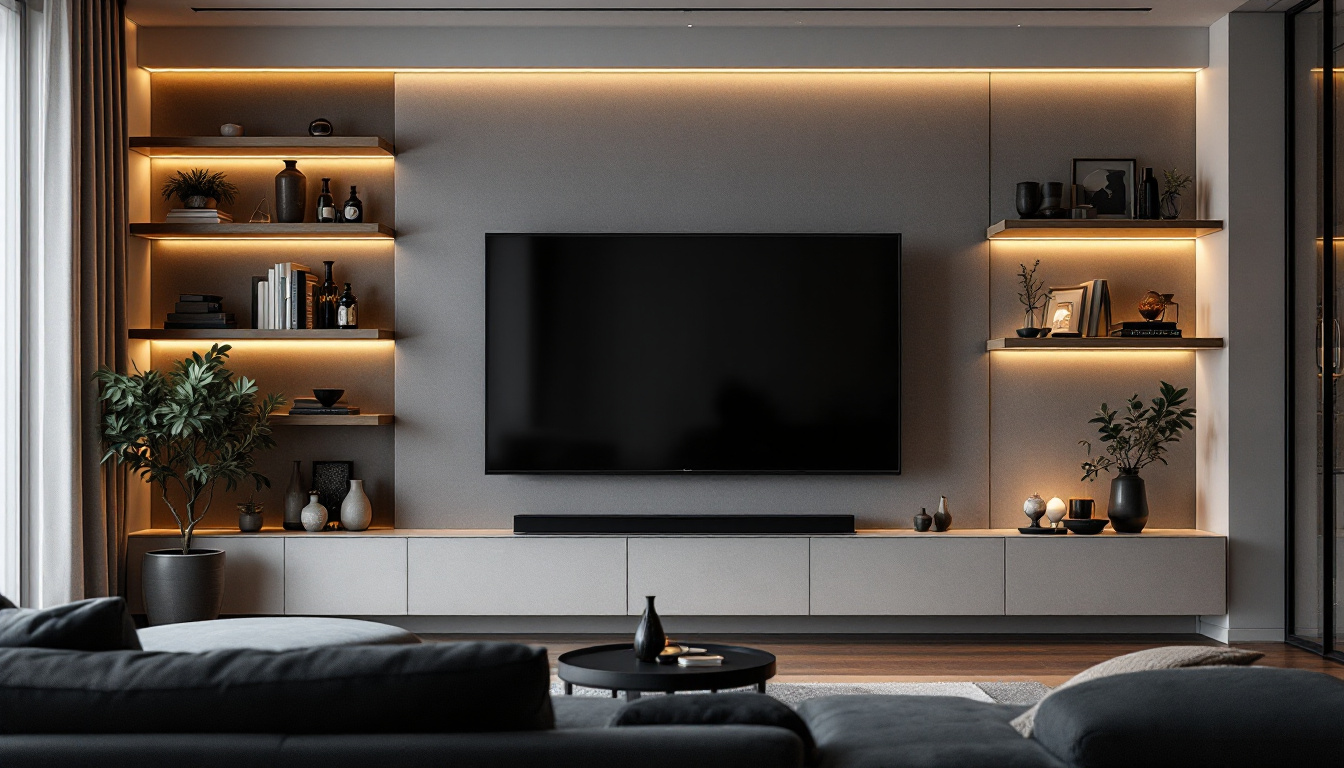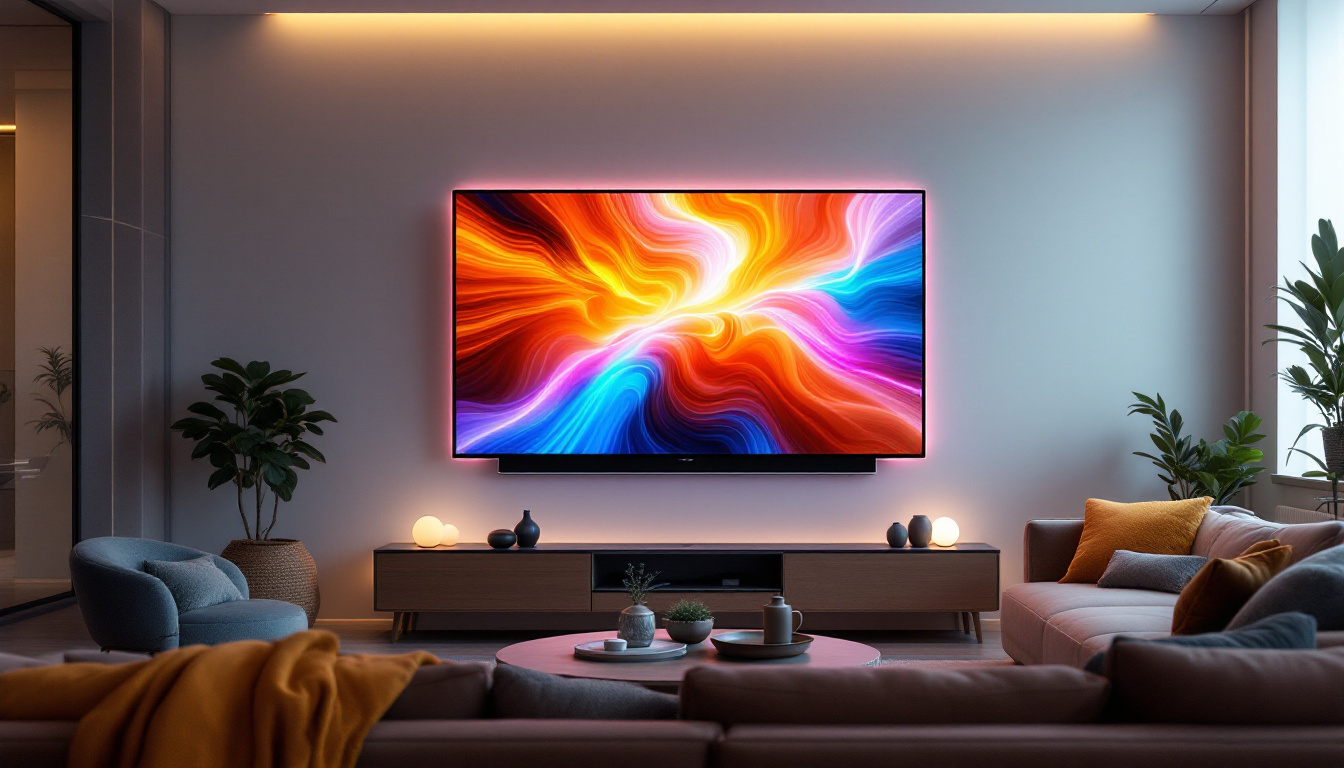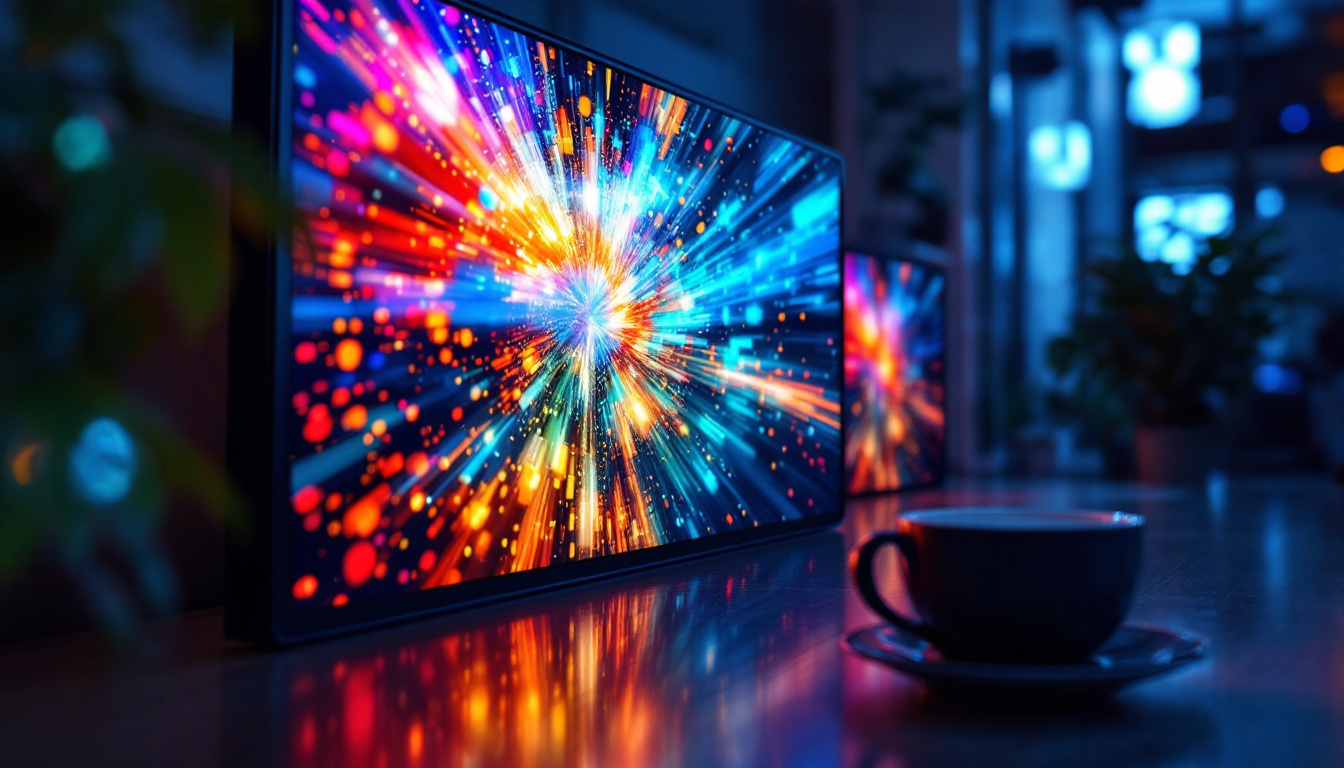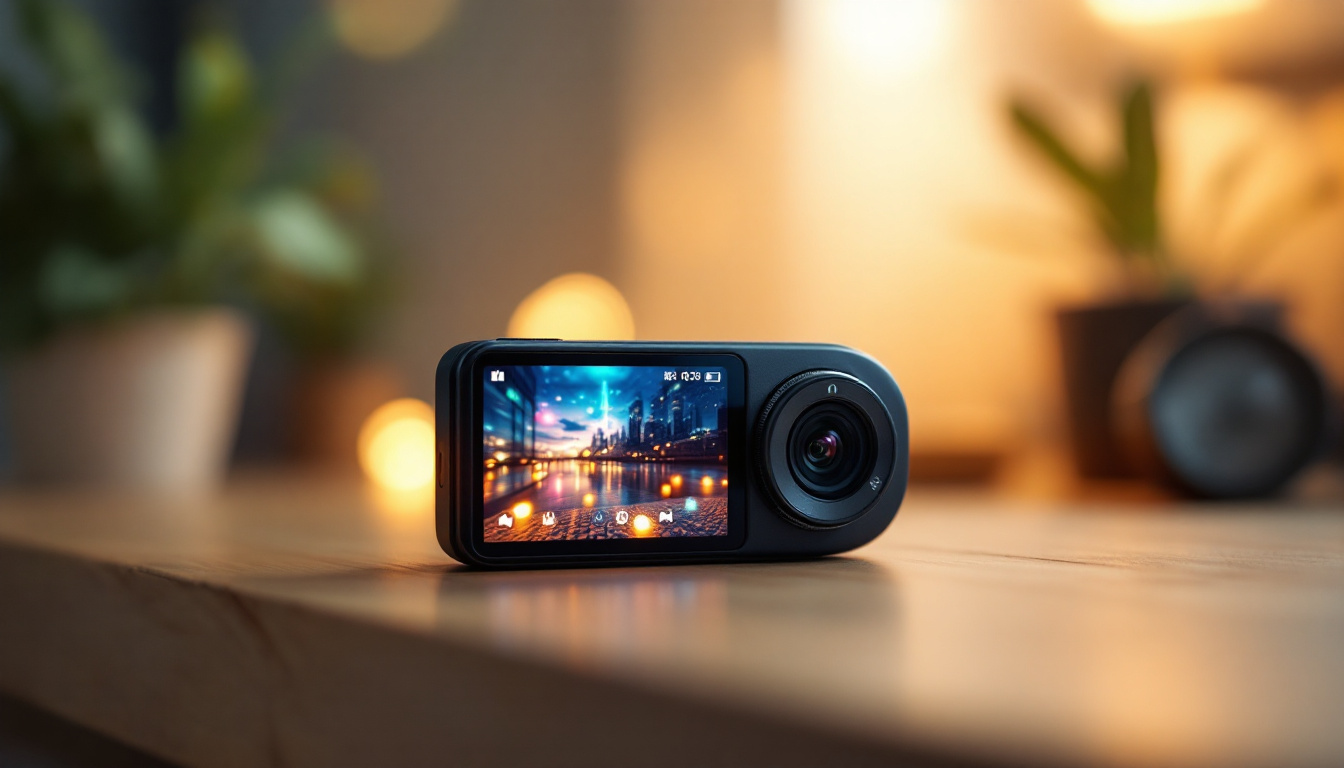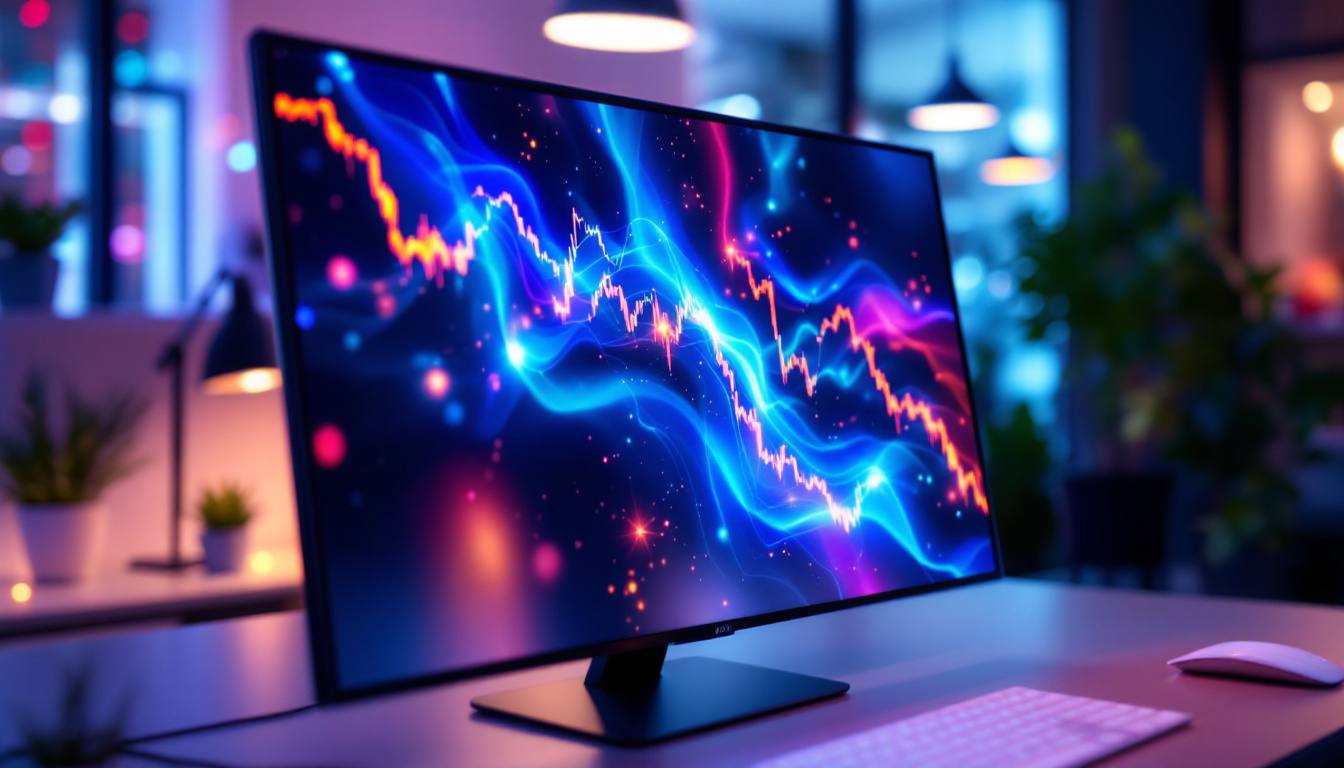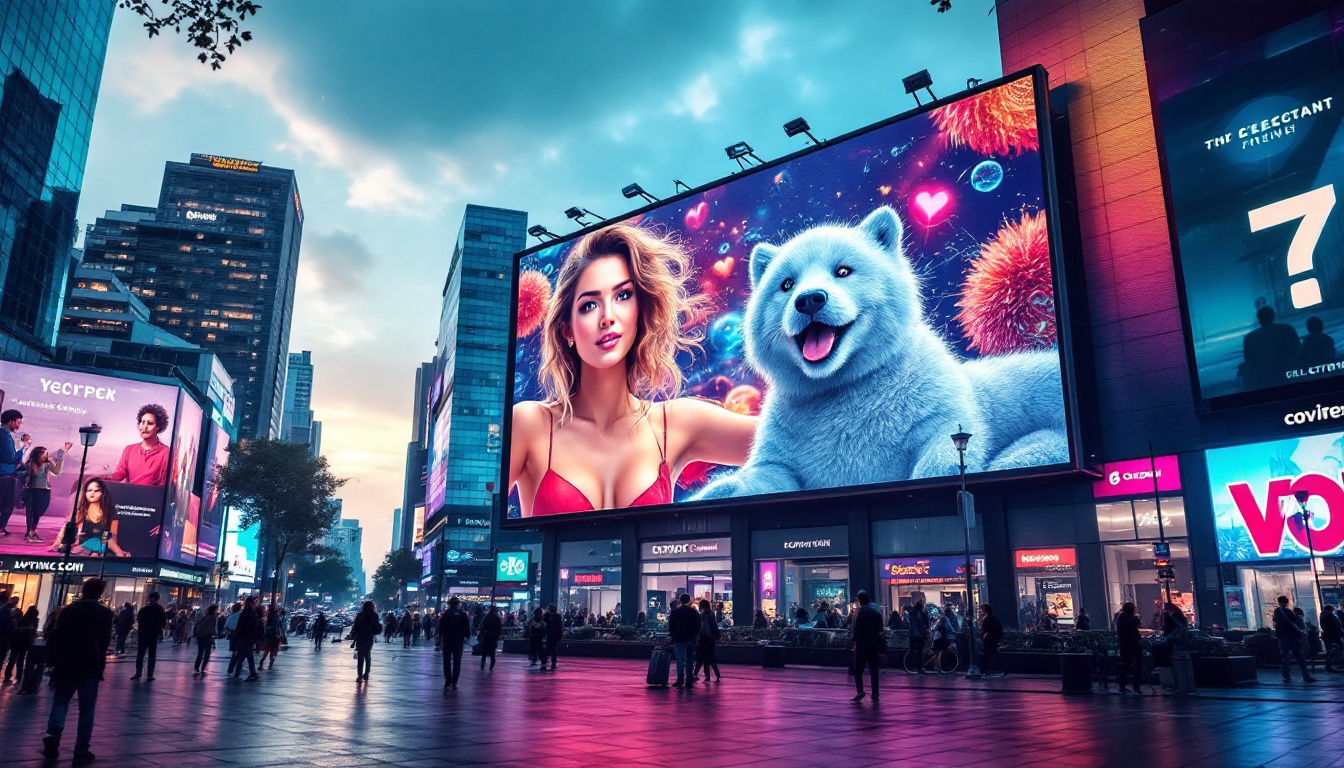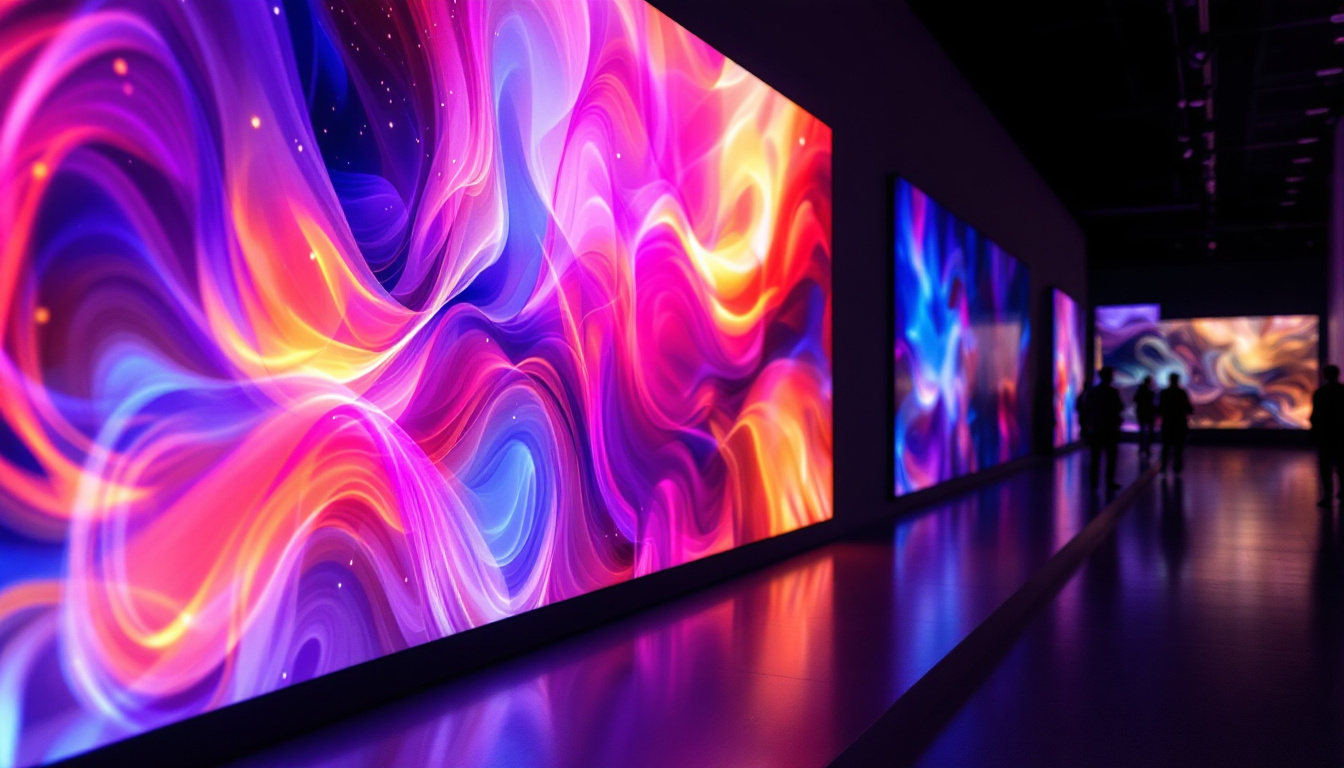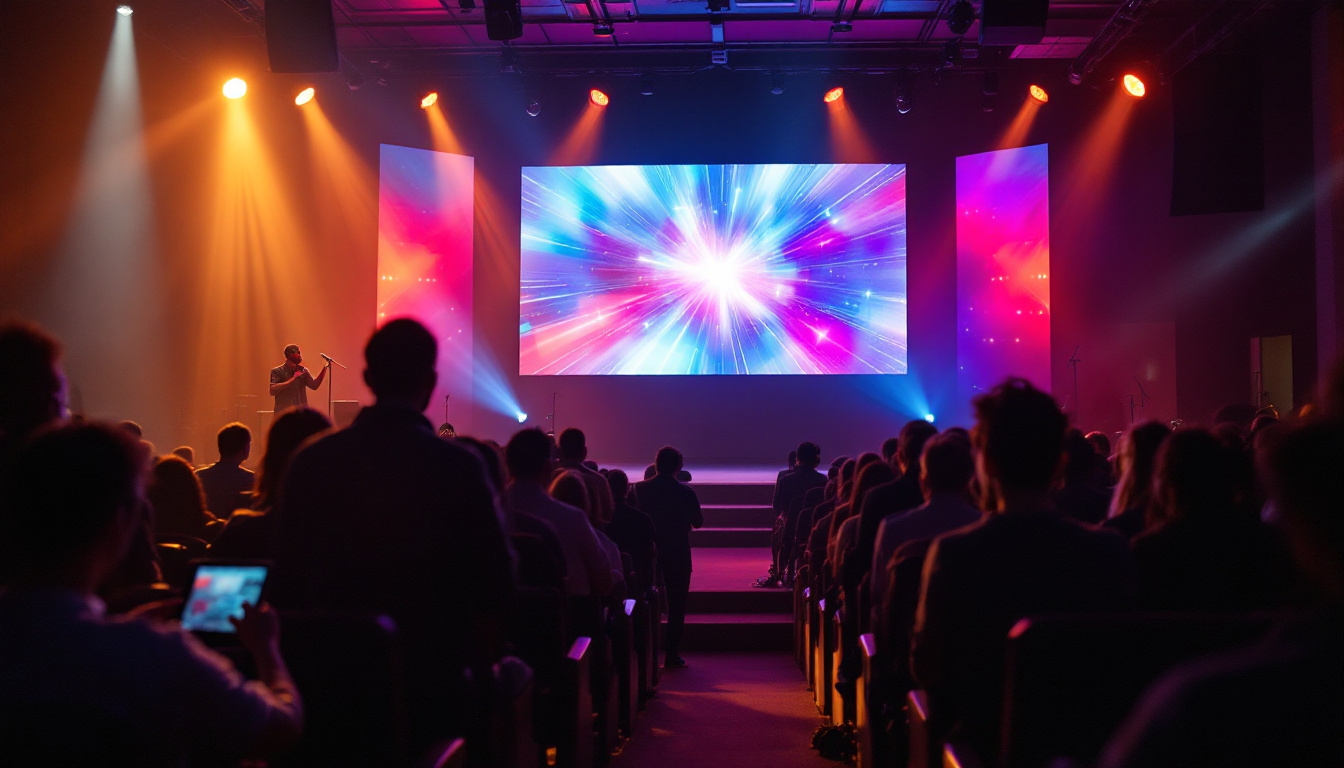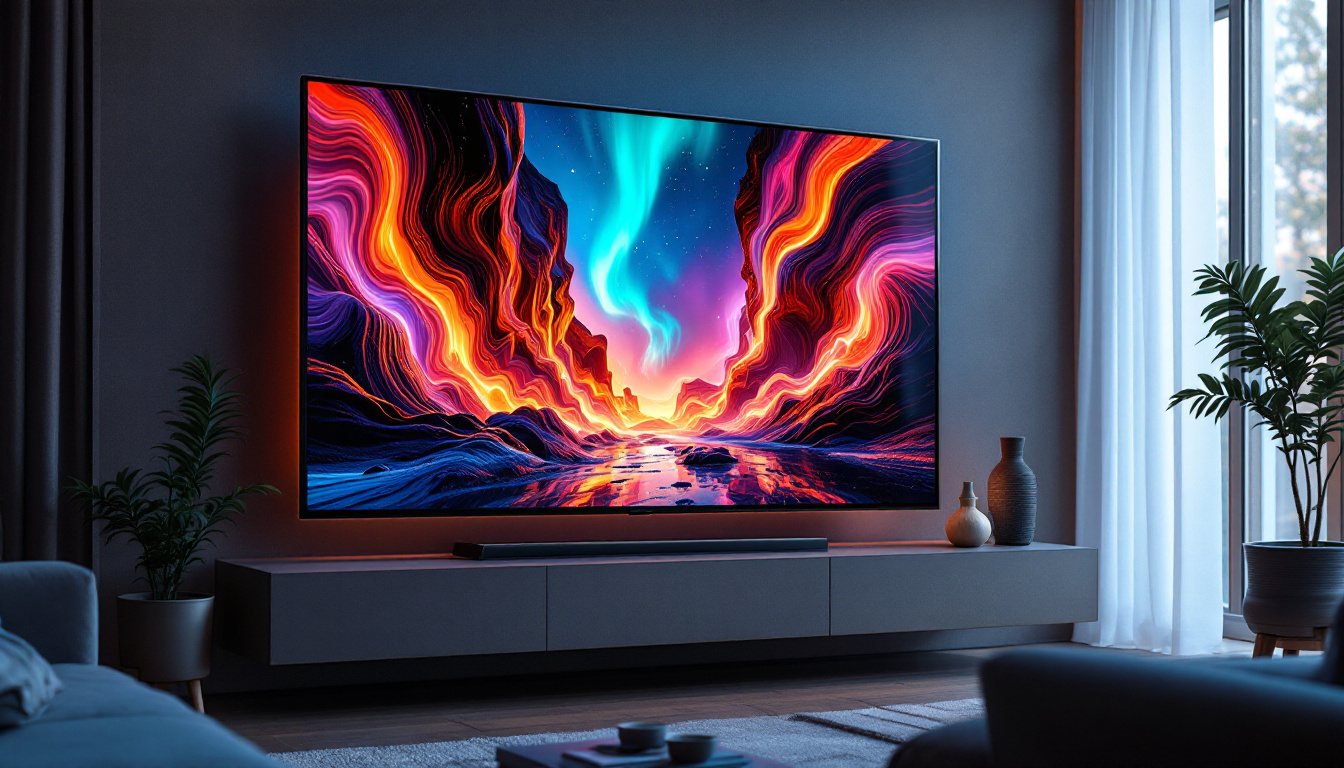In the world of digital signage and display technology, understanding the term “pitch” is crucial for making informed decisions. The pitch of an LED display refers to the distance between the centers of two adjacent pixels. This seemingly simple measurement plays a significant role in determining the display’s resolution, clarity, and overall visual performance. This article delves into the concept of pitch in LED displays, its implications, and how it affects various applications.
Understanding LED Display Pitch
The pitch of an LED display is typically measured in millimeters (mm). A smaller pitch indicates that the pixels are closer together, which generally results in a higher resolution and better image quality. Conversely, a larger pitch means the pixels are spaced further apart, which can lead to a lower resolution and less detailed images. Understanding pitch is essential for selecting the right display for specific applications, whether it’s for indoor or outdoor use.
Types of LED Displays
LED displays come in various types, each designed for different environments and purposes. The two main categories are indoor and outdoor LED displays. Indoor displays often feature a smaller pitch, providing a higher resolution suitable for close viewing distances. Outdoor displays, on the other hand, typically have a larger pitch, as they are designed for viewing from greater distances.
Another classification is based on the technology used, such as SMD (Surface-Mounted Device) and DIP (Dual In-line Package) LEDs. SMD technology is more common in modern displays due to its ability to produce better color accuracy and brightness, making it ideal for high-quality indoor displays. Additionally, SMD displays are often lighter and thinner, allowing for more versatile installation options, whether mounted on walls or suspended from ceilings. This adaptability has made them a popular choice for retail environments, trade shows, and corporate events where aesthetics and functionality are equally important.
Importance of Pixel Pitch
Pixel pitch is a critical factor in determining the overall quality of an LED display. A smaller pitch not only enhances resolution but also improves viewing angles and color consistency. This is particularly important in applications where image clarity is paramount, such as in advertising, broadcasting, and live events.
Moreover, the pixel pitch affects the display’s brightness and contrast. Displays with a smaller pitch can achieve higher brightness levels, making them suitable for environments with significant ambient light. In contrast, displays with a larger pitch may struggle in such settings, leading to washed-out images. The choice of pixel pitch also influences maintenance and operational costs; smaller pitch displays may require more frequent calibration and servicing due to their intricate pixel arrangements, while larger pitch displays can often operate with less intensive upkeep. This balance of performance and practicality is crucial for businesses looking to invest in long-term display solutions that meet their specific needs.
Choosing the Right Pitch for Your Application
When selecting an LED display, understanding the intended application is vital. Different scenarios require different pitch sizes to optimize performance and viewer experience. Here are some key considerations:
Viewing Distance
The distance from which the display will be viewed is one of the most significant factors influencing pitch selection. For close viewing distances, such as in retail environments or conference rooms, a smaller pitch (e.g., 1.5mm to 3mm) is recommended. This ensures that the image remains sharp and detailed, even when viewed up close.
Conversely, for applications where the audience will be positioned further away, such as stadiums or large outdoor events, a larger pitch (e.g., 5mm to 10mm or more) may be sufficient. This allows for cost-effective solutions while still delivering an acceptable viewing experience. Additionally, understanding the layout of the viewing area can further enhance the effectiveness of the display. For instance, if the seating arrangement is tiered, a larger pitch might suffice for the back rows, while the front rows could benefit from smaller pitch displays to ensure that every viewer receives a high-quality image.
Content Type
The type of content displayed also influences pitch selection. High-resolution images and videos, such as promotional content or live broadcasts, benefit from smaller pixel pitches, which enhance detail and clarity. In contrast, simpler graphics or text-based content may be adequately displayed on larger pitch screens, as the need for fine detail is less critical. Moreover, the dynamic nature of the content should be considered; for example, fast-moving video content may require a display with a higher refresh rate alongside a smaller pitch to avoid motion blur, ensuring that viewers experience smooth transitions and vibrant visuals.
Budget Considerations
Cost is always a consideration when investing in LED displays. Smaller pitch displays tend to be more expensive due to their advanced technology and higher pixel density. It’s essential to balance the budget with the desired quality and performance. For organizations with limited budgets, opting for a larger pitch display might be a practical solution, especially if the viewing distance is considerable. Additionally, exploring financing options or leasing agreements can provide flexibility, allowing organizations to invest in higher-quality displays without straining their budgets. It’s also worth considering the long-term savings associated with energy-efficient models, which can significantly reduce operational costs over time, making them a more sustainable choice in the long run.
Impact of Pixel Density on Display Performance
Pixel density, which is directly related to pitch, significantly impacts the performance of an LED display. Higher pixel density translates to more pixels per square meter, resulting in sharper images and finer details. This is particularly important in applications where visual fidelity is crucial, such as digital art installations or high-definition video presentations.
Visual Clarity and Detail
Displays with higher pixel density provide enhanced visual clarity, making them ideal for environments where close viewing is common. For instance, in a shopping mall, a high-resolution display can captivate customers with vibrant colors and intricate details, ultimately driving sales.
In contrast, lower pixel density displays may appear pixelated or blurry when viewed up close, detracting from the overall experience. This is especially true in environments where high-quality visuals are expected, such as galleries or theaters. The ability to showcase fine textures and subtle gradients can transform the viewer’s experience, allowing them to appreciate the artistry and craftsmanship behind the displayed content. Moreover, in educational settings, high pixel density can enhance learning materials, making diagrams and illustrations clearer and more engaging for students.
Viewing Angles
Another aspect affected by pixel density is the viewing angle. Displays with a smaller pitch typically offer better viewing angles, allowing viewers to see the content clearly from various positions. This is crucial for installations where audiences may gather from multiple directions, such as concerts or trade shows.
On the other hand, displays with larger pitches may suffer from limited viewing angles, leading to color distortion or loss of detail when viewed from the side. This limitation can impact the effectiveness of the display in certain applications, making it essential to consider the layout and audience placement when selecting a pitch. Furthermore, advancements in technology have led to the development of displays that mitigate these issues, such as those utilizing advanced color calibration techniques and wide viewing angle technologies. These innovations ensure that even as viewers move around the space, the integrity of the visual experience remains intact, allowing for dynamic interactions and engagement with the content being presented.
Future Trends in LED Display Technology
The LED display industry is continually evolving, with advancements in technology leading to new possibilities for pitch and performance. As manufacturers strive to create more efficient and high-quality displays, several trends are emerging.
MicroLED Technology
MicroLED technology is at the forefront of innovation in the display industry. This cutting-edge technology utilizes tiny individual LEDs to create images, allowing for extremely small pixel pitches. MicroLED displays promise unparalleled resolution, brightness, and energy efficiency, making them a game-changer for various applications.
As MicroLED technology matures, it is expected to become more affordable, making high-resolution displays accessible to a broader range of users. This could lead to a shift in how pitch is perceived, with smaller pitches becoming the norm across various applications.
Flexible and Transparent Displays
Another exciting trend is the development of flexible and transparent LED displays. These innovative solutions allow for creative installations that can adapt to various environments and applications. For instance, transparent displays can be used in retail settings to showcase products while maintaining visibility of the store’s interior.
Flexible displays open up new possibilities for curved or irregularly shaped installations, providing designers with more creative freedom. As these technologies advance, the concept of pitch will likely evolve, with new metrics emerging to measure performance and quality.
Conclusion
Understanding pitch in LED displays is essential for making informed decisions about digital signage and display technology. The choice of pitch impacts resolution, image quality, and overall performance, making it a critical consideration for various applications. By evaluating factors such as viewing distance, content type, and budget, users can select the right display to meet their needs.
As technology continues to advance, the landscape of LED displays will evolve, offering even more options for consumers. Keeping an eye on trends such as MicroLED and flexible displays will be crucial for those looking to stay ahead in the rapidly changing world of digital signage.
Ultimately, the right pitch can enhance the viewer’s experience, making it a key component in the success of any LED display installation.
Discover the Perfect LED Display Solution with LumenMatrix
Ready to elevate your visual experience with the ideal pitch for your LED display? Look no further than LumenMatrix, a pioneer in LED display technology. Whether you’re seeking to captivate your audience with an Indoor LED Wall Display, make a statement with an Outdoor LED Wall Display, or innovate with a Custom LED Display, LumenMatrix has the solution tailored to your needs. Our commitment to revolutionizing visual communication ensures that your message resonates with clarity and impact. Check out LumenMatrix LED Display Solutions today and transform your space into a dynamic visual spectacle.

